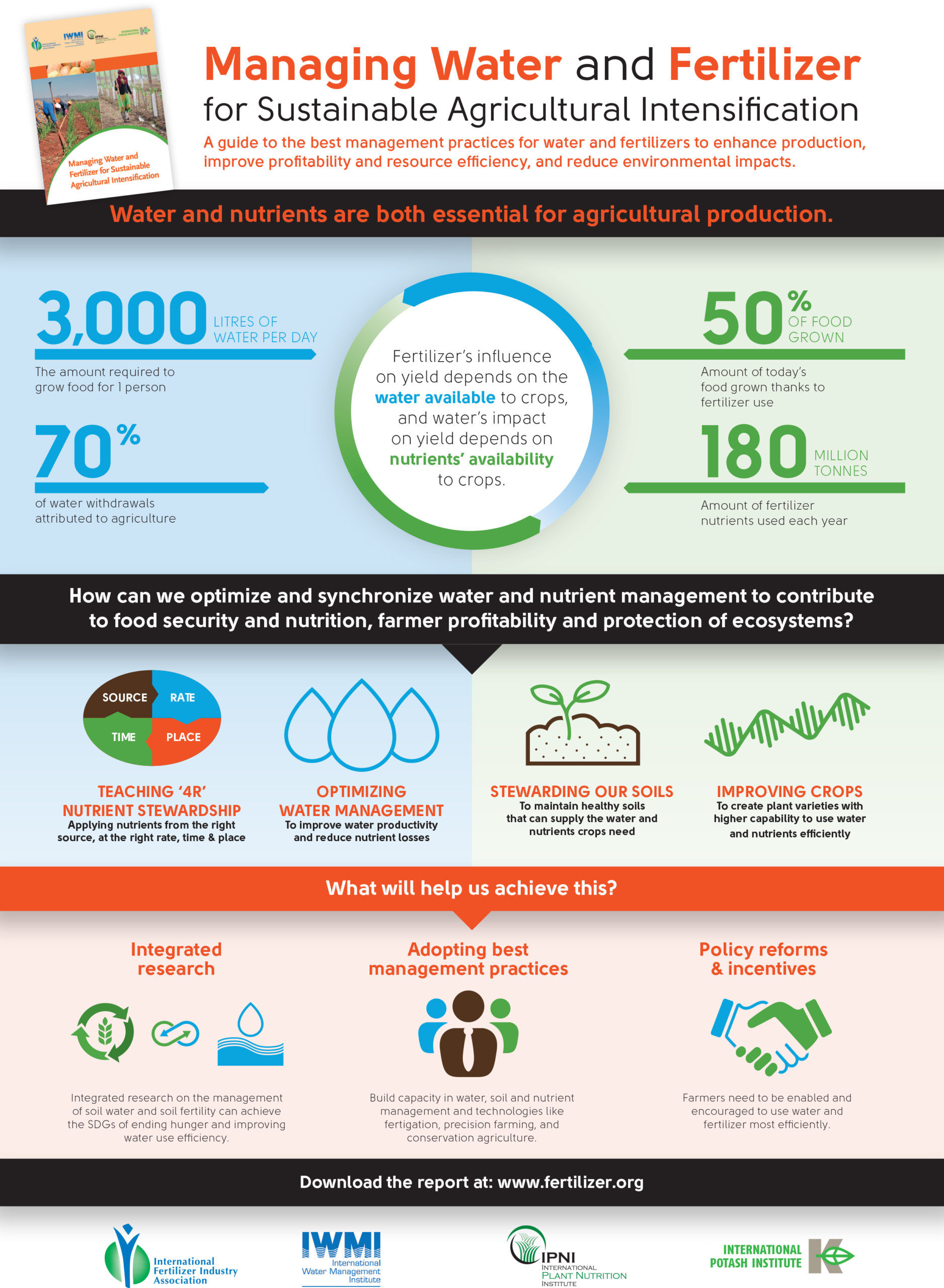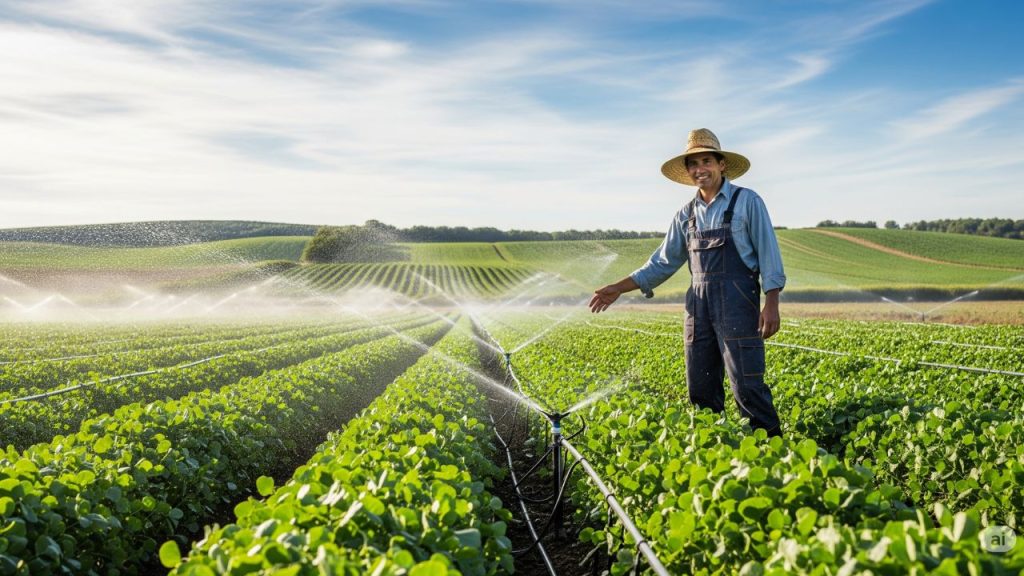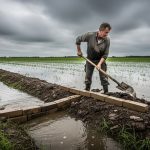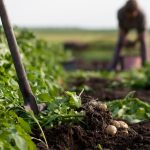Are you concerned about the future of our planet and the role you play in preserving it? Water is a precious resource, and how we use it in agriculture can make a big difference.
You’ll discover the best practices for sustainable water use in agriculture, allowing you to contribute to a healthier planet while maintaining crop productivity. Imagine being part of a solution that not only benefits the environment but also enhances your farming efficiency.
By adopting these methods, you can ensure that your agricultural practices are both sustainable and profitable. Ready to make a change that counts? Dive into the full article to learn how you can make a real impact.
Efficient Irrigation Methods
Efficient irrigation methods are crucial for sustainable water use in agriculture. They help conserve water and ensure crops receive the right amount of hydration. Farmers can adopt techniques that maximize water use and minimize waste. These methods not only support environmental sustainability but also improve crop yield and quality.
Drip Irrigation
Drip irrigation delivers water directly to the plant roots. This method reduces evaporation and runoff. It uses a network of tubes and emitters. Water drips slowly, ensuring plants get exactly what they need. This system is ideal for areas with limited water resources.
Sprinkler Systems
Sprinklers distribute water evenly over large areas. They mimic rainfall, reducing water stress on plants. Adjustable nozzles control the water flow. This allows farmers to tailor the irrigation according to crop needs. Sprinkler systems are versatile and easy to install.
Smart Irrigation Technology
Smart irrigation uses sensors and weather data. It optimizes watering schedules based on soil moisture levels. Farmers can monitor and adjust irrigation remotely. This technology saves water and energy. It ensures precise irrigation, improving plant health and growth.
Mulching
Mulching helps retain soil moisture. It involves covering the soil with organic or inorganic materials. This reduces evaporation and keeps the roots cool. Mulching also prevents weed growth. It’s a simple method that complements efficient irrigation practices.
Rainwater Harvesting
Rainwater harvesting collects and stores rainwater for irrigation. It reduces dependency on groundwater and mains water. Farmers can use storage tanks or ponds. This method is sustainable and cost-effective. It utilizes natural resources effectively.

Soil Moisture Management
Soil moisture management plays a crucial role in sustainable agriculture. Properly managing soil moisture ensures optimal plant growth and preserves water resources. With changing climate patterns, efficient water use is more important than ever. Farmers need techniques that support soil health and water conservation.
Understanding Soil Moisture Levels
Knowing the soil’s moisture level helps in effective water management. Tools like moisture sensors and tensiometers measure soil water content. These tools guide irrigation decisions, preventing water wastage. Farmers can adjust watering schedules based on real-time data.
Implementing Drip Irrigation Systems
Drip irrigation is a water-efficient method. It delivers water directly to plant roots. This reduces evaporation and runoff. Drip systems are customizable to different crop needs. They offer precise control over water application.
Mulching For Moisture Retention
Mulching helps retain soil moisture. It reduces water evaporation from the soil surface. Organic mulches, like straw or wood chips, enhance soil health. Mulching also suppresses weeds and regulates soil temperature.
Using Cover Crops
Cover crops improve soil structure and moisture retention. They protect soil from erosion and increase organic matter. Cover crops like clover or rye grass maintain soil moisture levels. These crops enhance biodiversity and soil fertility.
Adopting No-till Farming
No-till farming reduces soil disturbance, retaining moisture. It minimizes evaporation and improves water infiltration. This technique preserves soil structure and boosts carbon sequestration. No-till practices can increase productivity sustainably.
Monitoring Weather Patterns
Weather data aids in planning irrigation strategies. Monitoring rainfall helps in adjusting irrigation needs. Predictive weather models can inform water management practices. This ensures efficient water use during dry or rainy periods.
Crop Selection And Rotation
Crop selection and rotation are essential strategies for promoting sustainable water use in agriculture. By choosing the right crops and rotating them effectively, farmers can make a significant impact on water conservation. This practice not only helps in preserving precious water resources but also enhances soil health and boosts crop yields.
Choosing The Right Crops
Choosing crops suited to your region’s climate can save water. Drought-resistant varieties require less irrigation and are more resilient to water scarcity. For example, sorghum and millet are excellent options in areas with limited rainfall.
Consider the water needs of each crop. High water-demanding crops, like rice, might not be ideal in regions facing water shortages. Opting for less thirsty crops helps in balancing water usage efficiently.
Implementing Crop Rotation
Crop rotation is more than just swapping crops each season. It’s about creating a strategic plan that includes diverse crop types. This diversity can enhance soil moisture retention and reduce dependency on irrigation.
Avoid growing the same crop repeatedly in the same field. This practice can lead to soil degradation and increased water demand. Instead, alternate between deep-rooted and shallow-rooted crops to maximize water efficiency.
Benefits Of Rotation And Diversity
Rotating crops can break pest cycles, which means fewer pests and diseases. This reduces the need for chemical interventions that can harm water sources. Healthy crops use water more efficiently, contributing to sustainable water use.
Incorporating legumes in your rotation can add nitrogen to the soil naturally. This reduces the need for synthetic fertilizers, which can leach into water supplies. Legumes also improve soil structure, enhancing its water-holding capacity.
Personal Insights On Crop Management
My family farm made the switch to crop rotation a few years ago. We noticed a remarkable improvement in soil health and a reduction in water usage. Seeing this firsthand convinced me that crop selection and rotation are key to sustainable agriculture.
What crops are you currently growing, and could a rotation strategy benefit your land and water use? It’s worth considering how these practices can transform your farming approach.

)
Conclusion
Sustainable water use in agriculture ensures future food security. Farmers can adopt efficient irrigation methods. This reduces water waste and saves resources. Crop rotation improves soil health. This practice enhances water retention. Choosing drought-resistant crops is wise. It minimizes water use during dry spells.
Educating farmers is essential. They should understand water conservation techniques. Community involvement strengthens sustainable practices. Everyone benefits when water is saved. Protecting this vital resource supports a healthier planet. Every small step counts. Together, we can make a difference in agriculture.
Sustainable practices lead to long-term benefits for all.



